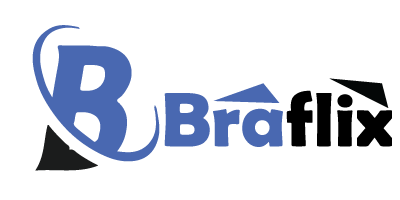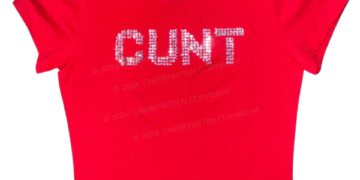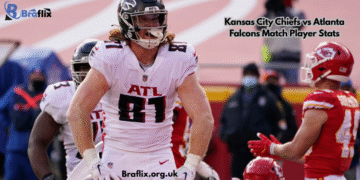Introduction
The world of work is evolving at a rapid pace, and with it, the way organizations manage their people. Traditional HR departments, once focused solely on administration and compliance, are now transforming into agile, collaborative, and people-centered teams. One concept gaining traction in modern organizations is the Tribe HR Team model. Inspired by the Spotify “tribe and squad” framework, this approach redefines how human resource functions can operate in a flexible and adaptive manner.
By adopting the tribe model, HR teams can foster cross-functional collaboration, employee engagement, and agile talent management while aligning with the overall business strategy.
What is a Tribe HR Team?
A Tribe HR Team is an organizational structure where HR responsibilities are divided into smaller, agile groups—often called squads, tribes, and chapters. Instead of a rigid hierarchy, the tribe model emphasizes autonomy, accountability, and cross-functional skills.
- Tribes represent larger groups focused on a broad domain (e.g., Talent Acquisition or Employee Experience).
- Squads are small, specialized teams within the tribe working on specific HR initiatives.
- Chapters and Guilds connect people across different squads with similar skill sets, ensuring knowledge-sharing and consistency.
This model allows HR teams to work faster, adapt to change, and provide a more personalized experience for employees.
Also Read: Five Surveying: The Essential Guide to the Five Main Types of Surveying
Why the Tribe HR Model Matters
The relevance of the tribe HR approach lies in its ability to transform HR from an administrative function into a strategic partner.
Key Benefits:
- Agility – HR can quickly adapt policies and programs to shifting workforce needs.
- Collaboration – Teams work across functions, ensuring holistic employee support.
- Innovation – Encourages experimentation with new HR practices like digital onboarding or AI-driven recruitment.
- Employee Engagement – Enhances transparency and inclusiveness in HR decision-making.
- Scalability – Larger organizations can manage HR more effectively by structuring teams into smaller, agile units.
How a Tribe HR Team Works in Practice
Imagine a large organization with 5,000 employees. Instead of one centralized HR department:
- The Talent Tribe could oversee recruitment, onboarding, and workforce planning.
- The Employee Experience Tribe might focus on engagement, culture, and retention.
- The Learning & Development Tribe could lead training programs, mentorship, and career growth initiatives.
Within each tribe, squads handle specific tasks. For example:
- A “Recruitment Squad” works on sourcing and interviewing.
- An “Onboarding Squad” designs welcome programs for new hires.
- A “Wellness Squad” builds health and mental wellbeing initiatives.
This creates autonomous but interconnected HR squads that deliver faster, targeted results while staying aligned under the larger HR strategy.
Step-by-Step Guide to Building a Tribe HR Team
Step 1: Define Your HR Tribes
- Identify core HR domains (e.g., Recruitment, L&D, Employee Experience).
- Group related functions under each tribe.
Step 2: Form Squads Within Tribes
- Create small teams of 6–10 members with cross-functional skills.
- Assign clear goals (e.g., improve onboarding satisfaction by 20%).
Step 3: Establish Chapters and Guilds
- Organize employees with similar expertise (e.g., recruiters, trainers) across squads.
- Hold regular knowledge-sharing sessions.
Step 4: Empower Autonomy
- Give squads the freedom to choose their workflows (Scrum, Kanban, etc.).
- Encourage accountability through measurable outcomes.
Step 5: Monitor and Adapt
- Use HR analytics to track performance and engagement.
- Regularly review progress and adjust squads/tribes as business needs evolve.
Pro Tip: Start small by piloting the tribe model in one HR function (like talent acquisition) before scaling it across the organization.
Challenges of Implementing Tribe HR Teams
While effective, this model comes with its own set of challenges:
- Cultural Shift – Moving from hierarchy to agility requires mindset changes.
- Communication Gaps – With multiple squads, alignment can sometimes be difficult.
- Leadership Buy-In – Executives must support the change for it to succeed.
- Consistency vs. Autonomy – Balancing squad independence with company-wide HR policies can be tricky.
However, with the right planning, these challenges can be mitigated, making the tribe model a game-changer for HR.
Also Read: Consolidated Gulf Company: A Comprehensive Overview of Its Role and Impact
Conclusion
The Tribe HR Team concept represents a modern approach to human resource management, aligning HR functions with agile principles, collaboration, and innovation. By restructuring HR into tribes, squads, and chapters, organizations can become more responsive, employee-focused, and future-ready.
As workplaces continue to evolve, adopting tribe-based HR structures may not just be an option—it could become a necessity for companies aiming to stay competitive in the digital era.
FAQs
1. What is a Tribe HR Team?
A Tribe HR Team is an HR structure inspired by agile frameworks where HR functions are divided into tribes and squads, making HR more flexible and collaborative.
2. How is a tribe different from a squad in HR?
A tribe is a larger group focusing on a broad HR domain, while squads are smaller teams within the tribe working on specific tasks or initiatives.
3. Why should companies adopt the tribe HR model?
It improves agility, employee engagement, collaboration, and innovation while scaling HR operations effectively.
4. What are the challenges of tribe-based HR teams?
Cultural change, communication gaps, and balancing autonomy with company-wide consistency are the main challenges.
5. Can small companies use the tribe HR approach?
Yes. Even small businesses can adopt a scaled-down version by forming mini-squads for key HR functions like hiring, onboarding, and training.





























